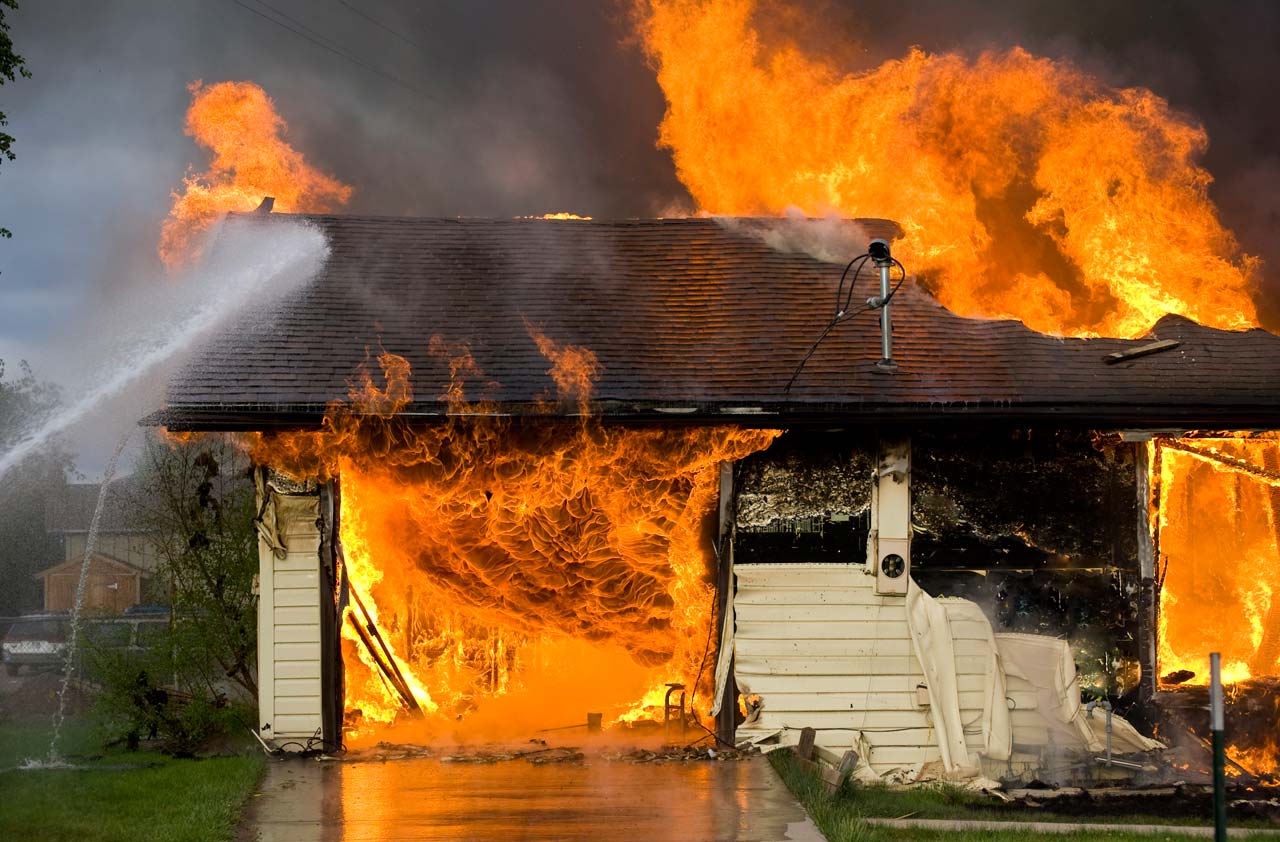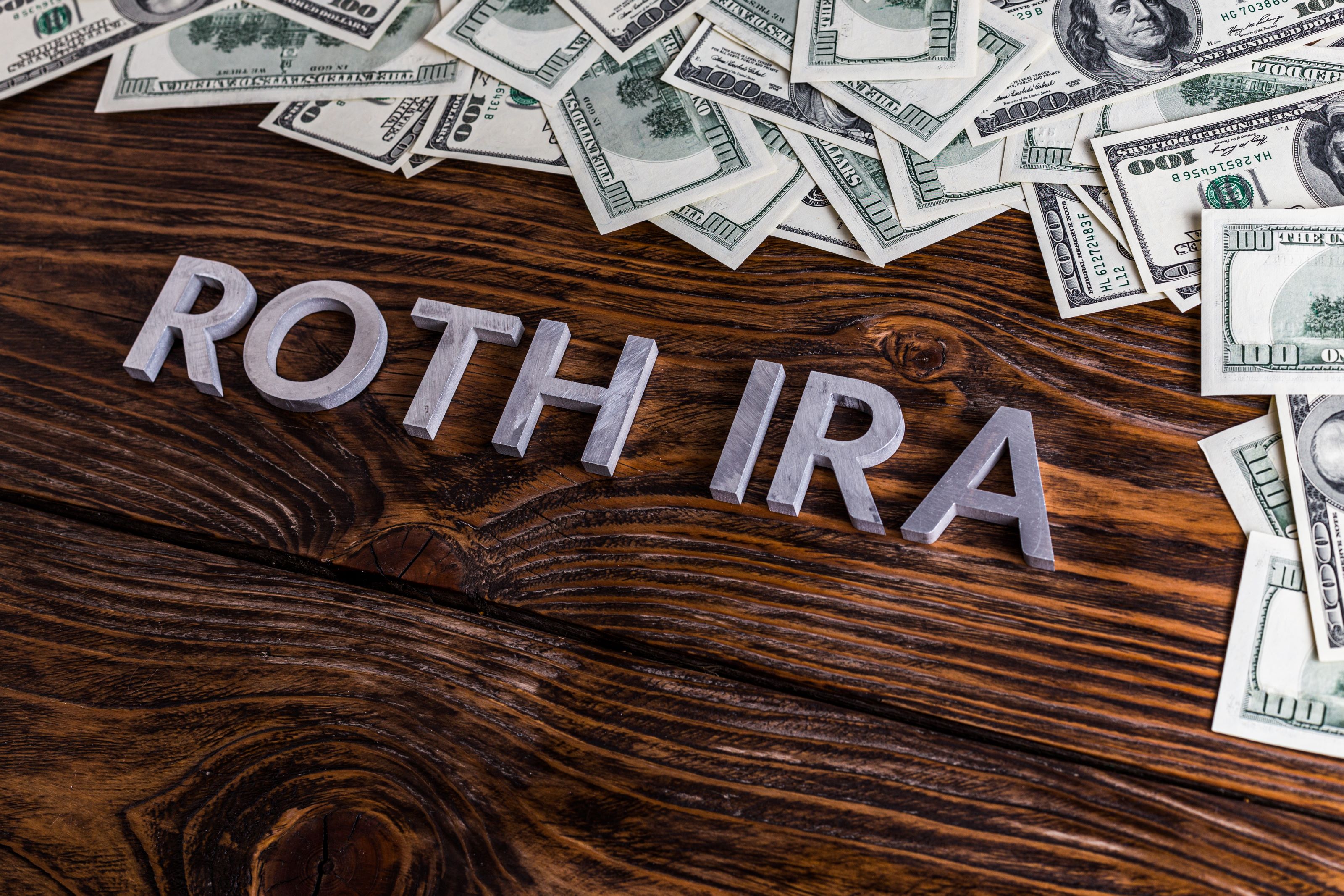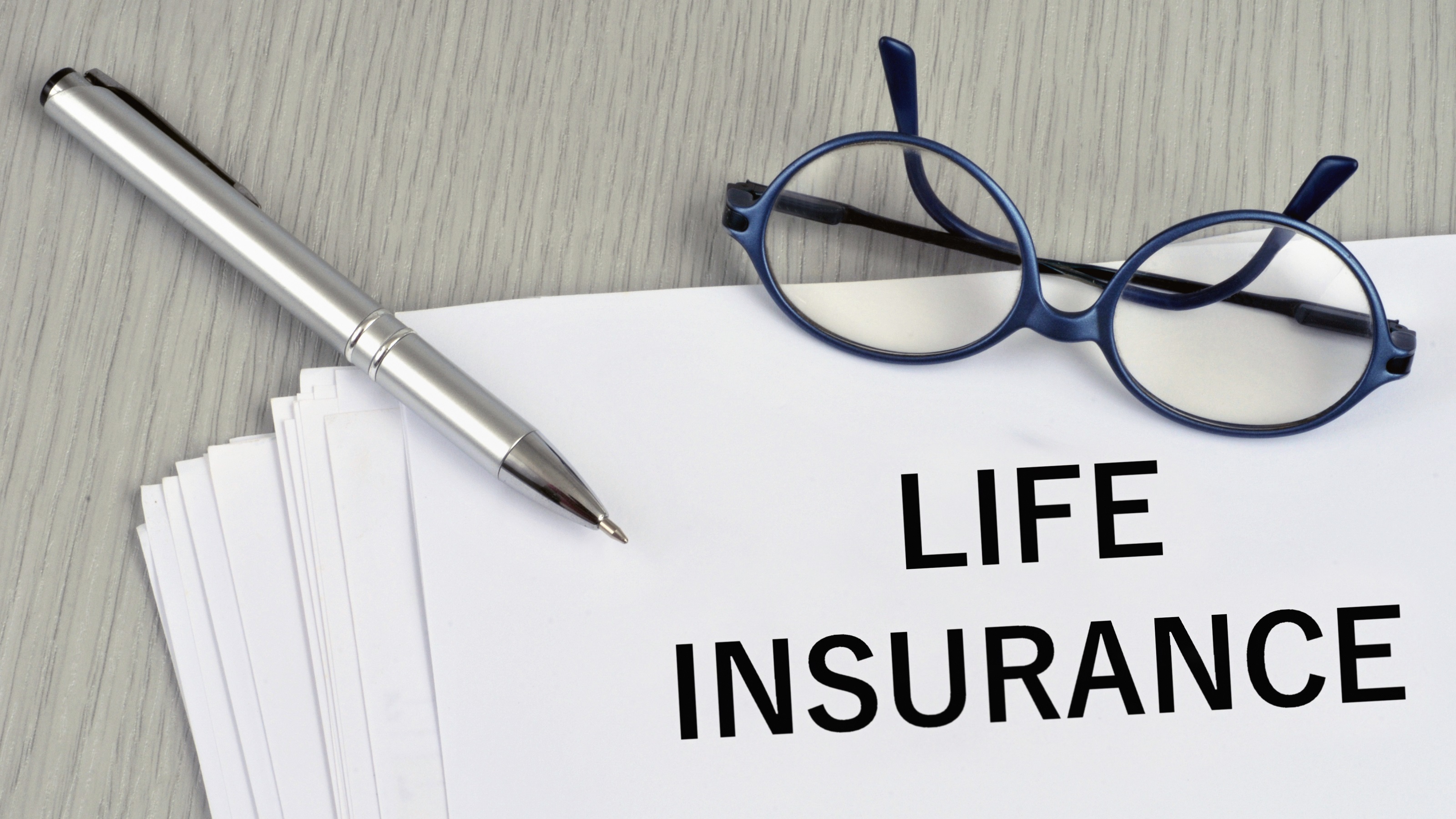4 Ways to Disaster-Proof Your Homeowners Insurance Policy
Make sure your home is covered before disaster strikes.


One-half to two-thirds of homeowners who experience a total loss don't have enough insurance to rebuild their home and replace their belongings, according to post-disaster surveys of homeowners by United Policyholders, a consumer advocacy group. Thankfully, most homeowners never experience a total loss. But when a catastrophic loss does occur, the gap in coverage can amount to hundreds of thousands of dollars. Here's how to be sure you're covered.
1. Check the replacement cost. The key to full coverage is an accurate estimate of the cost to rebuild your home, known as the dwelling limit, which is specified in Coverage A of your policy. Most policyholders rely on their insurer to estimate their home's replacement cost, but that might not be wise. Insurers sometimes lowball the cost to reduce the premiums and win your business, says Amy Bach, executive director of United Policyholders, and mistakes sometimes find their way into the estimates.
Most homeowners policies adjust the replacement cost annually to reflect building-cost inflation in the area. Your insurer may also contact you periodically to update its information about your home. But it's better to update your profile every year—say, when you receive your annual renewal statement—and report any home improvements. Ask your agent or look online to double-check the information your agent has used, such as your home's age, size, style and features. To check the accuracy of the estimate, Bach suggests using $200 for each square foot of living space—a reliable benchmark for an average home anywhere in the U.S. Or get an independent estimate at e2Value.com for $25 (click on "Residential").
From just $107.88 $24.99 for Kiplinger Personal Finance
Become a smarter, better informed investor. Subscribe from just $107.88 $24.99, plus get up to 4 Special Issues

Sign up for Kiplinger’s Free Newsletters
Profit and prosper with the best of expert advice on investing, taxes, retirement, personal finance and more - straight to your e-mail.
Profit and prosper with the best of expert advice - straight to your e-mail.
The cost to rebuild a high-end home could be two or three times higher than for an average home. If your insurer doesn’t offer a free inspection, press for one, or hire a specially trained consultant from Castle High-Value Surveys (about $300).
Make sure you have replacement-cost coverage—not actual-cost coverage, which may be cheaper but deducts for depreciation. To cover higher building and living costs after a disaster, most policies build in extended replacement coverage of 120% to 125% of the dwelling limit. Because you may be required to repair or rebuild your home to meet current building codes, ask for ordinance and law coverage to increase your dwelling limit by 25% to 50%; this coverage costs about 50 cents per $1,000 of the dwelling limit, with a minimum charge of $50 annually.
2. Cover all your possessions. The replacement cost provides the basis for other coverage: typically 10% of the replacement cost for other structures on your property, 20% for additional living expenses when you can’t live in your home, and 50% to 70% for contents.
To make sure you have enough coverage to replace all your stuff, take inventory of your possessions and estimate their replacement cost. After a major disaster, your insurer will require you to file a detailed list of damaged or destroyed items (as will the IRS, if you want to deduct your losses). To create an itemized list with photos that you can store securely in the cloud, use the UPHelp Home Inventory App from United Policyholders. It connects to online retailers so you can estimate replacement costs.
Your coverage of valuables, such as jewelry, watches and furs, may be capped at $1,000 to $2,000. Have your valuables appraised, and if necessary buy a personal property endorsement or floater, which will cover their loss for any reason and costs about $2 to $8.50 per $1,000 of coverage.
3. Don't skimp on liability coverage. A typical homeowners policy provides $300,000 of liability coverage if you, your family members or pets cause property damage or bodily injury to others, whether on your property or elsewhere. You can increase your policy’s coverage to $500,000 for about $25 to $50 a year, or to $1 million with a separate umbrella policy for about $150 to $300 a year.
4. Know what your policy doesn't cover. Most standard homeowners policies exclude losses due to floods or rising water from any source, or due to earth movements such as landslides. You can buy flood insurance from the National Flood Insurance Program or from your insurance agent. The program covers homes for up to $250,000 of the cost to rebuild and insures contents for up to $100,000. The average premium is $700 per year, but rates depend on a home's features and location. You can buy a special rider for sewer backup, which costs about $130 for $10,000 of coverage or $240 for $25,000 of coverage.
Your insurer may offer supplemental earth-movement coverage, or you can buy a separate policy for about $1.75 per $1,000 of coverage in California (it costs less in lower-risk states). Californians can buy earthquake coverage from the nonprofit California Earthquake Authority.
Take Our Quiz: Are You Covered?
Profit and prosper with the best of Kiplinger's advice on investing, taxes, retirement, personal finance and much more. Delivered daily. Enter your email in the box and click Sign Me Up.

-
 CD Maturing Soon? Here's What to Do Next
CD Maturing Soon? Here's What to Do NextThese strategies of what to do when you have a CD maturing soon will have you maximizing returns even with rate cuts.
-
 How to Make 2026 Your Best Year Yet for Retirement Savings
How to Make 2026 Your Best Year Yet for Retirement SavingsMake 2026 the year you stop coasting and start supercharging your retirement savings.
-
 You Saved for Retirement: 4 Pressing FAQs Now
You Saved for Retirement: 4 Pressing FAQs NowSaving for retirement is just one step. Now, you have to figure out how to spend and maintain funds. Here are four frequently asked questions at this stage.
-
 9 Types of Insurance You Probably Don't Need
9 Types of Insurance You Probably Don't NeedFinancial Planning If you're paying for these types of insurance, you may be wasting your money. Here's what you need to know.
-
 Amazon Resale: Where Amazon Prime Returns Become Your Online Bargains
Amazon Resale: Where Amazon Prime Returns Become Your Online BargainsFeature Amazon Resale products may have some imperfections, but that often leads to wildly discounted prices.
-
 Roth IRA Contribution Limits for 2026
Roth IRA Contribution Limits for 2026Roth IRAs Roth IRAs allow you to save for retirement with after-tax dollars while you're working, and then withdraw those contributions and earnings tax-free when you retire. Here's a look at 2026 limits and income-based phaseouts.
-
 Four Tips for Renting Out Your Home on Airbnb
Four Tips for Renting Out Your Home on Airbnbreal estate Here's what you should know before listing your home on Airbnb.
-
 Five Ways to a Cheap Last-Minute Vacation
Five Ways to a Cheap Last-Minute VacationTravel It is possible to pull off a cheap last-minute vacation. Here are some tips to make it happen.
-
 How Much Life Insurance Do You Need?
How Much Life Insurance Do You Need?insurance When assessing how much life insurance you need, take a systematic approach instead of relying on rules of thumb.
-
 When Does Amazon Prime Day End in October? Everything We Know, Plus the Best Deals on Samsonite, Samsung and More
When Does Amazon Prime Day End in October? Everything We Know, Plus the Best Deals on Samsonite, Samsung and MoreAmazon Prime The Amazon Prime Big Deal Days sale ends soon. Here are the key details you need to know, plus some of our favorite deals members can shop before it's over.
-
 How to Shop for Life Insurance in 3 Easy Steps
How to Shop for Life Insurance in 3 Easy Stepsinsurance Shopping for life insurance? You may be able to estimate how much you need online, but that's just the start of your search.